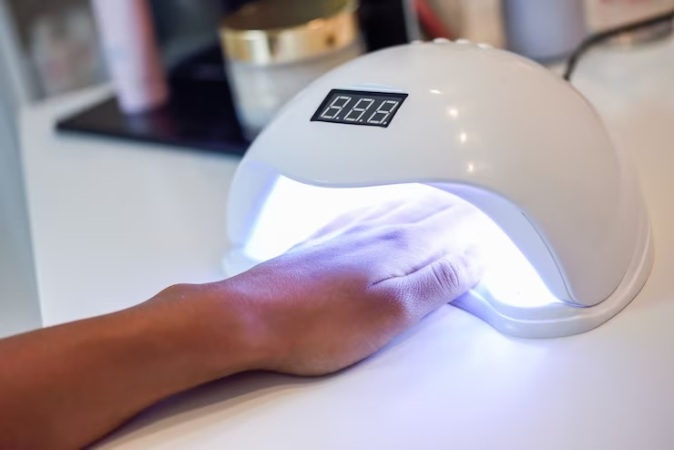
The global market for rheumatoid arthritis treatments is expected to grow at a CAGR of...
Learn More
Our consulting solutions address company specific challenges with respect to micro environment...
Learn More
Organizations frequently need day-today research guidancein order to gain strategic...
Learn More
Exploring different areas of market research and market analysis is a key factor...
Learn MoreAcute Market Reports presents the most extensive global business research services across industries. Our research studies focus on potential outcomes, benefits, and risks associated with each market segment across geographies. Having served our global clients for more than 10 years, our prime priority is to enable our clients in making well-informed business decisions through a data-driven, analytical, and uncomplicated research approach.
We provide access to the world's most comprehensive, analytical, and updated business intelligence services and solutions.




A rowing machine, also known as a rower or rowing ergometer, is a fitness device designed to simulate the action of rowing a boat. It provides a full-body workout that engages multiple muscle groups simultaneously, making it an effective and efficien...
Read More
The aroma chemicals market serves as the hidden architect behind the scents that define our everyday experiences. Aroma chemicals, whether naturally derived or synthetically manufactured, are pivotal in creating the fragrances we encounter in perfume...
Read More
The gel UV nail lamps market is expected to witness a CAGR of 4.1% during the forecast period of 2025 to 2033, fueled by the increasing trend of nail care and the popularity of gel manicures. In this comprehensive overview, we will delve into the key...
Read More




